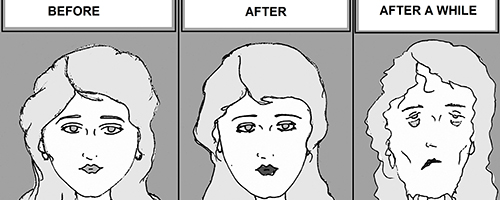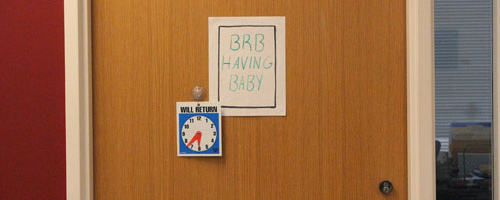Whether you were pleased with or dismayed by President Obama’s health care plan, it was upheld by the U.S. Supreme Court last month, making it federal law. While the Patient Protection and Affordable Care Act is an entirely different can of worms, the health care debate does bring up something that many Oregonians should care about: the Healthy Kids Act of 2009.
Healthy kids, heavy burden
Whether you were pleased with or dismayed by President Obama’s health care plan, it was upheld by the U.S. Supreme Court last month, making it federal law. While the Patient Protection and Affordable Care Act is an entirely different can of worms, the health care debate does bring up something that many Oregonians should care about: the Healthy Kids Act of 2009.

Three years ago, Oregon lawmakers approved the Healthy Kids Act in order to offer health coverage to all Oregon children. Funded by a 1 percent tax on commercial insurance, the program has to date aided more than 100,000 low-income children.
That tax, however, will expire next year, and with the health care act going into effect the question remains of whether or not lawmakers will choose to renew it.
According to its official website, the program covers doctor visits and preventative care; medical, dental and vision care; prescriptions and medical equipment; and mental health and chemical dependency services. Once enrolled, a child is provided coverage for one full year, which can be renewed as long as eligibility requirements are met. The website also states that no child will ever be put on a waiting list or turned away due to a pre-existing condition.
As wonderful as Healthy Kids is, has it been successful in its endeavor to help lower-income children, justifying renewing the commercial insurance tax?
In 2008 the Oregon Center for Public Policy reported that one out of nine children in Oregon lacked health coverage, and the situation was likely to get worse as the economy continued into the recession. According to Families USA, a national nonprofit that advocates on behalf of health care consumers, 107,000 Oregon kids were without health insurance just a year before the creation of Healthy Kids. The majority of those kids belonged to families with at least one working parent. In that same year, Oregon also ranked 18th in percentage of children without health insurance.
Originally, Healthy Kids aimed to insure 80,000 kids by 2010. It met that goal, and enrollment continued to grow to the current number of more than 100,000 children.
To meet this goal, Healthy Kids loosened eligibility requirements to make it easier to obtain health care. The proof of income requirement also eased, making a larger number of uninsured children eligible for the program. Applications were sent out to parents receiving food stamps and other forms of government aid in order to help boost enrollment.
Is Healthy Kids worth renewing the tax that funds it? According to a report issued by nonprofit agency Children First for Oregon, 94.4 percent of Oregon kids under age 18 had health insurance in 2011, a significant bump from 2009, when 13.6 percent of Oregon kids and teens lacked insurance. In August 2011, the U.S. Department of Health and Human Services pointed to Oregon as a model for other states to follow, as uninsured rates dropped by half from 2009 to 2011. Healthy Kids played a significant role in this success.
Some lawmakers aren’t chomping at the bit to renew funding, though. Oregon Rep. Kim Thatcher (R-Keizer) said that Healthy Kids was asking for more than it was putting out, and “like any other agency they just want to justify their existence.” What Thatcher says does carry some weight, but the figures speak for themselves. Any program that can boast reducing rates of uninsured kids and teens by half is worth funding.
It’s still on dangerous ground, though. Program guidelines stipulate that any child covered by another form of health insurance (excluding school-provided insurance) is ineligible for Healthy Kids. Under Obama’s health care plan, many of the children covered under Healthy Kids would have insurance, making them ineligible for the program. Enrollment in the program would drop significantly.
Without high enrollment, lawmakers wouldn’t have reason to renew the commercial tax; lower enrollment and decreased funding means that the program will likely be discontinued or have to find alternate funding.
No matter what, the focus should be on Oregon’s children. If Healthy Kids wants to stick around, or at the very least become a part of the new health care system, it should focus on boosting its enrollment as much as possible and looking at ways it can evolve.





